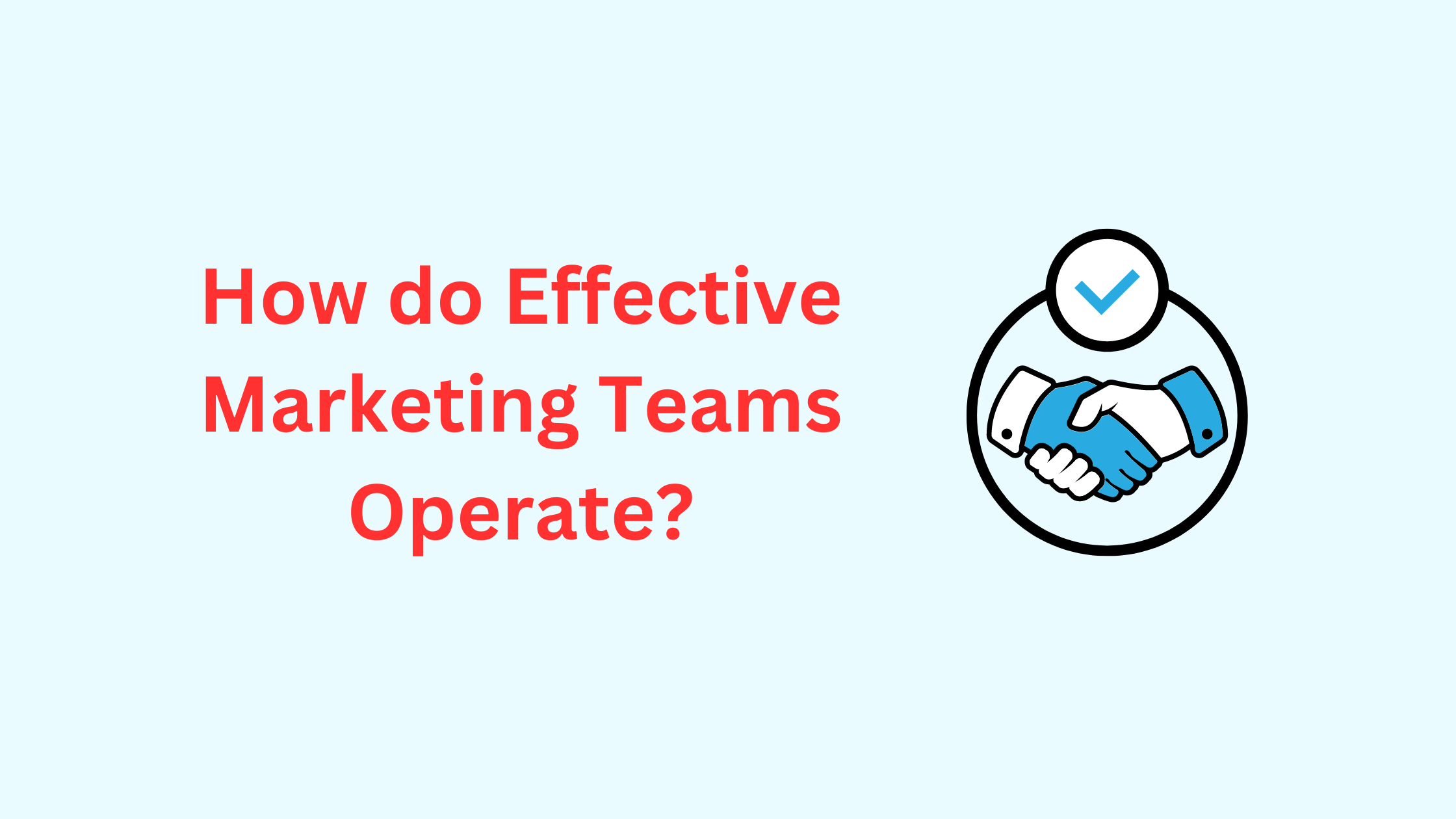
Marketing effectiveness is like a well-tuned engine; it propels companies towards their goals without squandering precious resources like money, human capital, and time.
However, the levers of effectiveness are often subtle, hidden beneath the surface like hidden gems that executives and companies frequently overlook.
Unearthing these hidden treasures requires a perceptive eye.
I have created seven subtle levers in the form of an acronym – SPARKLE, based on my real-time experience in leading the marketing teams.
Here we go.
S – Strategic Planning as the Bedrock: Strategic planning is not just a step, but the solid foundation upon which successful marketing is built. While sales targets are set, the often overlooked process of marketing planning is the linchpin. It encompasses identifying the right market segment, formulating messaging pillars, selecting media channels, targeting influencers, allocating the marketing budget, conducting competition analysis, and more. Annual marketing planning is essential for bringing clarity to team members about programs that contribute to both short-term and long-term growth.
In 1990, Nike realized it was sailing without a clear direction in its marketing efforts. Reactive campaigns lacked consistency, and results were unpredictable. Deciding to change, Nike introduced annual marketing planning.
This brought focus, guiding their messaging, media choices, and influencer selection. Over time, sales climbed, and campaigns evolved into powerful stories.
This indicates that sales targets without strategic planning are like ships without navigation—drifting aimlessly.
P – Proactive Customer Interaction: Proactively encourage your employees and external partners to engage frequently with end customers. For instance, if you manage a retail store, advocate for them to work there at least once a month. This proactive approach allows them to observe customers, gain real-time insights, and make informed decisions based on firsthand observations rather than relying solely on opinions.
In a world of opinions, engaging directly with customers is the real way to gain authentic insights.
A prime example of this philosophy is the Japanese Toyota Management System’s “genchi genbutsu” principle.
When Toyota ventured into the US luxury car market, they didn’t rely on assumptions or market studies alone. Instead, they sent their engineers directly to the market. These engineers immersed themselves in the American context, experiencing the nuances of customer preferences and expectations firsthand.
This hands-on approach empowered Toyota to launch the Lexus, a premium luxury car tailored to the US market, fueled by the real-world insights.
A – Amplifying Insight with Lead Users: Often, we aren’t part of our own products’ target market, making it challenging to comprehend customer perspectives. Consider hiring lead users as members of your marketing team. For example, if you sell gym equipment, employing a dedicated gym enthusiast from your target demographic can provide invaluable insights and resonate better with your audience. Lead users possess a deeper understanding of the product compared to regular users.
Having a lead user within your marketing team helps you become more market-oriented. However, the key is not to treat them as an employee and attempt to influence them. Instead, allow them to embrace the customer mindset and encourage them to challenge your assumptions and decisions.
You could take inputs for product development, messaging and media selection from the lead user.
R – Review Meetings: Bridging Gaps with Insights:
Do a periodic joint review meeting with sales, marketing and CRM team. This helps not just sorting out issues like lead qualification, poor conversions, reasons for order cancellation but also the teams can cross-pollinate their knowledge about the customers, competition and other evolving trends.
I would consider the joint review meetings as the strategic lever of growth since it brings more alignment and shared responsibility among the teams.
My first question to my consulting clients when they say our sales conversion is poor and customer churn is high: I ask them, ‘When was the last time your sales, marketing and CRM team met?’
K – Knowledge Flow Empowers Innovation:
Information shouldn’t be stagnant; it should be a river that nourishes growth.
You don’t win the game of football by keeping the ball with you for a longer time. You need to pass it quickly so that your other team members take it near to the goal post.
This analogy aptly parallels organizational dynamics. Share data and insights and other critical market knowledge generously with all relevant team members.
For example, the CRM team’s insights about customer queries can be shared with the product development team. This enables them to contemplate new products or additional features for existing ones.
L – Limit Decision Complexity:
Don’t involve too many people in decision making.
This may sound contradictory one where collaboration is the buzzword in the recent days. But when it comes to Marketing everyone will have ideas and opinions, even your children, girlfriend or husband.
But if you do not limit the number of people in marketing decisions, you will end up in analysis-paralysis and execution gets delayed or too many ideas create confusion.
Your creative agency or vendor may run hundred miles away from you, if they see a lot of stakeholder involvement.
E – Embrace Signature Programs not just Campaigns
The distinction between campaigns and signature programs is paramount. While activities lack consistency and strategic alignment with brand objectives, signature programs are meticulously designed initiatives that contribute to a brand’s long-term assets. Consider consolidating various activities into a cohesive signature program that resonates with the audience, creating lasting memorability.
Unlike sporadic efforts, these focused initiatives not just resonate with audiences, but becomes a brand asset in the longer run.
Examples include Lifebuoy’s “Help a Child Reach 5” program that emphasizes the importance of handwashing to prevent child mortality.
Kissan’s “Real Joy of Togetherness” program celebrates the joy of spending time together as a family.
And Mahindra’s “Rise for Good” initiative focuses on creating a positive impact on society through various social and environmental projects.
That’s it. Keep the above SPARKLE in mind when you wish to raise the marketing effectiveness bar.




